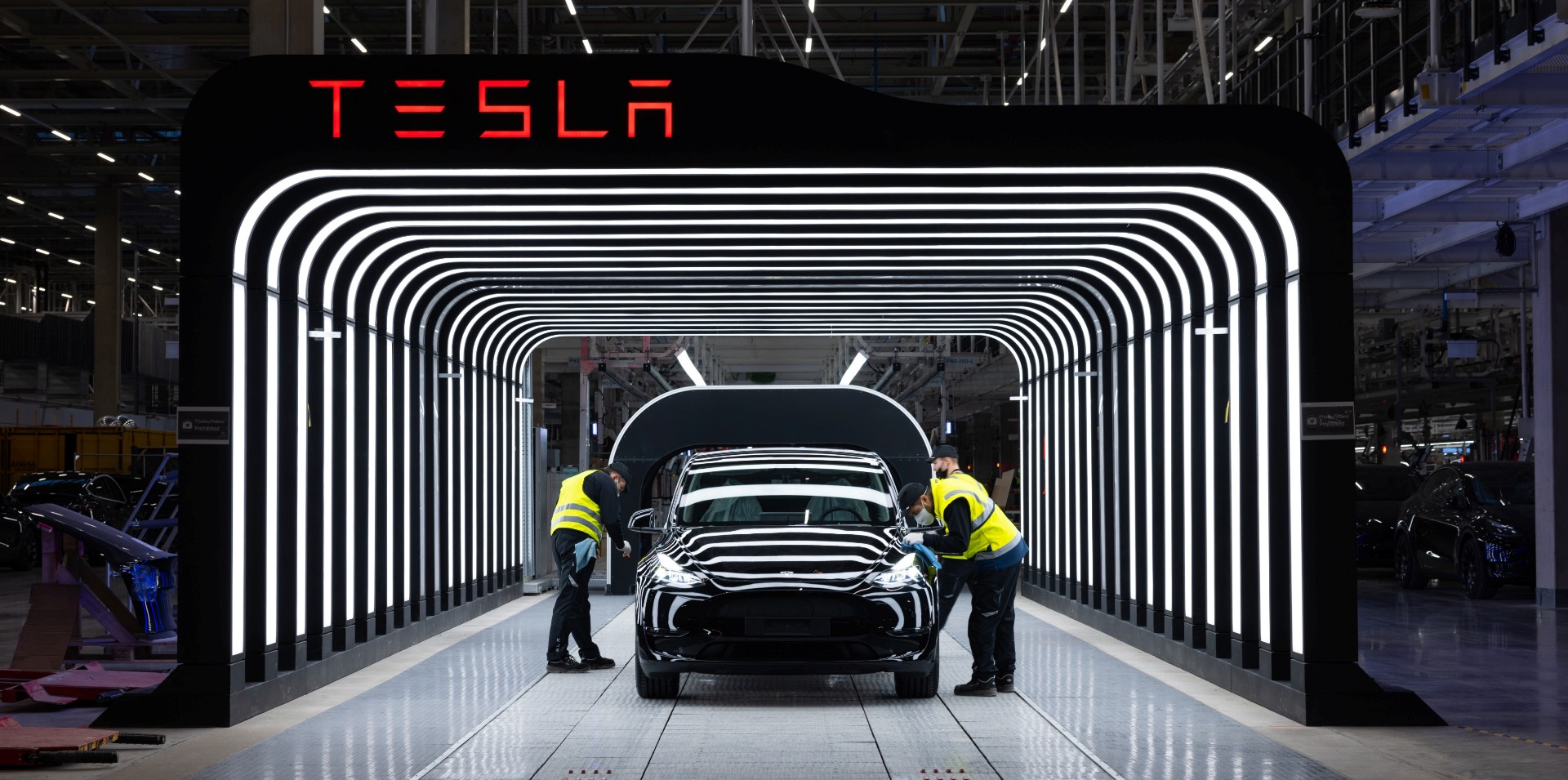
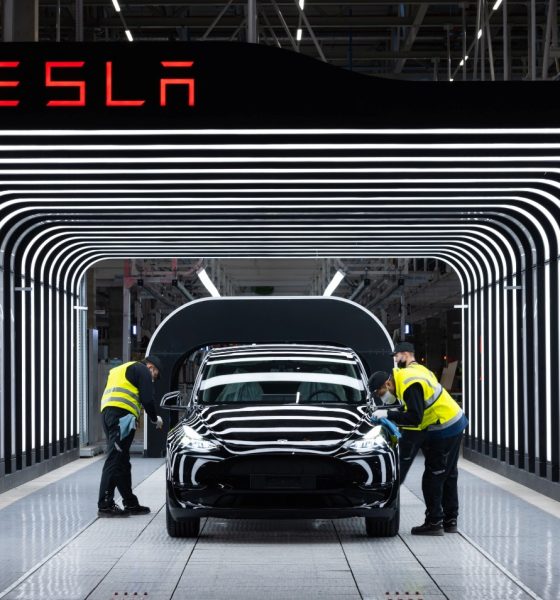
News
Tesla factory delays show ‘how we stand in our own way’: German industry experts sound off
Water pumping approvals. Bats in trees. An empty tank. These are just a few things that have stopped Tesla’s progress in Germany as it attempts to launch its first electric vehicle manufacturing facility in Europe. It has been a long and trying road for the electric automaker, which has attempted to surf through the waves of German bureaucratic red tape since early 2020. After another delay in the approval process, which has expected production start dates ranging across three quarters, industry experts challenge Germany’s reputation as a place for companies to conduct business.
“Tesla shows the world how we stand in our own way,” Ferdinand Dudenhöffer, Director of the Center of Automotive Research, said. While Dudenhöffer does agree that Tesla should have treaded more carefully during the approval of a battery production facility and been smarter regarding document submissions, the industry expert believes that German red tape has mainly told a story of how hard it is to get things started if you are planning to open a business in the country. “But such hurricanes of resistance show how little sustainable Germany is,” he said in an interview with Handelsblatt.
Coverage of the Gigafactory Berlin project has spanned over two years for journalists in the sector, including myself. Musk announced that Tesla would bring a production facility to Germany in late 2019 while accepting an automotive industry reward. The project began just months later, in the early days of January 2020. More than two years later, a factory, a parage, a carnival, and a lot of speculation regarding when Tesla will finally receive the green light still exist. Earlier this week, German media reported that Tesla would likely not receive permission to begin production and deliveries until mid-March “at the earliest.” It is a far cry from the Summer 2021 start dates that many close to the project anticipated.
The delays are starting to worry those who see Germany as a potential leader in the future automotive industry, which over the past ten years has changed more than it did in the previous ninety. Car companies are not just about making cars anymore. They’re relatively closer to tech companies than anything due to the advancements in software and the widespread focus on developing autonomous driving platforms. Regardless of what a company brings to the table, they will likely have to encounter some major pushback and delays in their project. Even EV leader Tesla is having problems. Dudenhöffer wonders which companies are observing the red tape and the pushback, thinking that other options may be better.
Giga Berlin’s new graffiti panels as of early February 2022. (Credit: @Gf4Tesla/Twitter)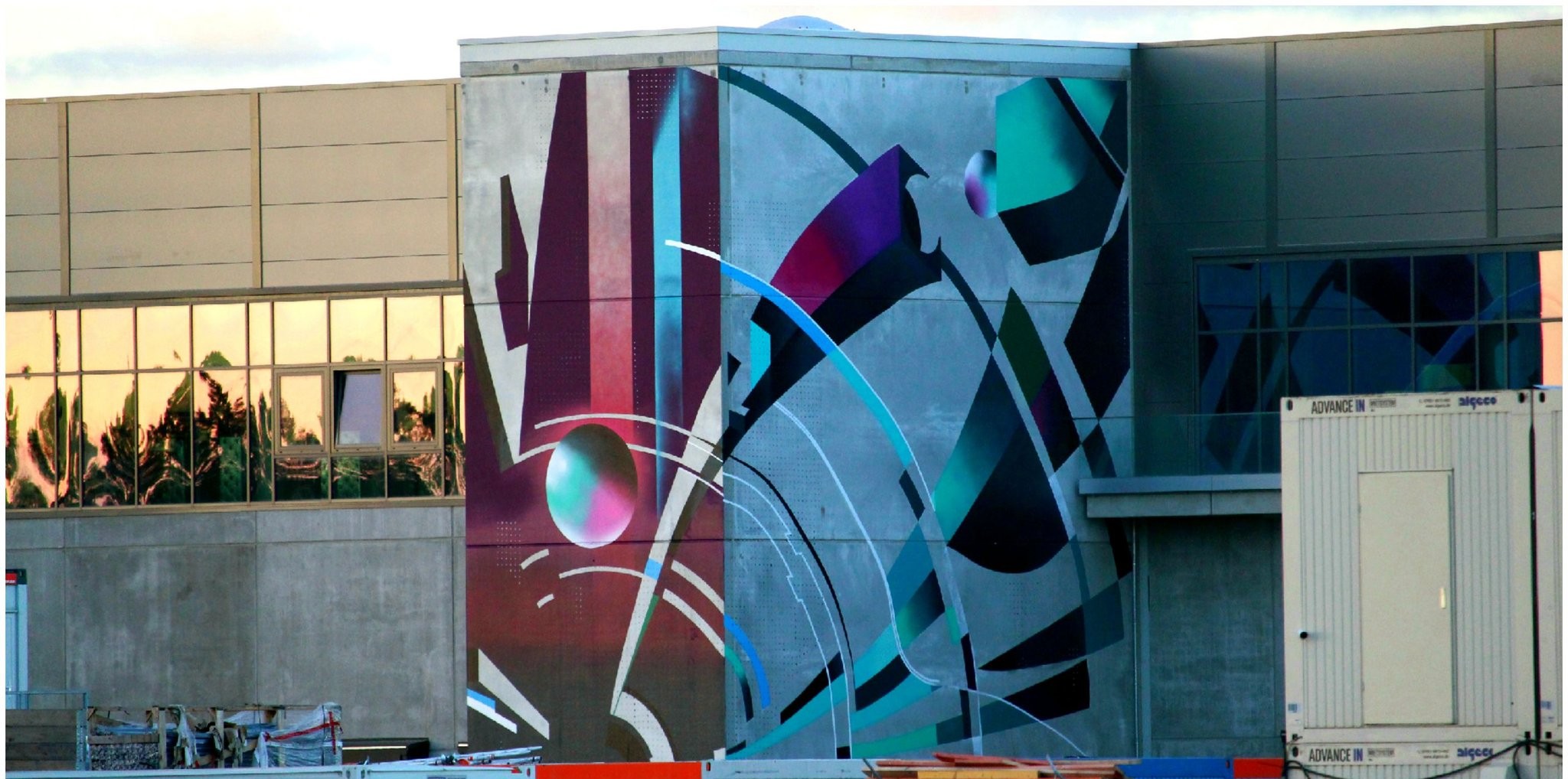
It isn’t just companies, either. Dudenhöffer says that the renewal of motorway bridges can take years or even decades to be rebuilt completely due to new approval procedures. It is not about getting things done quickly, it seems.
When things as simple as bridge repairs are taking over ten years to complete, there has to be an indication that the processes for planning and approval need to be revised. That is what Chief Executive Holder Loesch said, who encouraged the agencies responsible for approving projects to take a look at refining the approval steps. Loesch, whose association is overseeing the installation of wind turbines and industrial plants to double by 2030, says that his plans will include the submission of around 20,000 permits during the course of action. “This mammoth task can only be mastered with a comprehensive reform of planning and approvals that includes processes for industrial plant structures,” he said.
Even Brandenburg Economics Minister Jörg Steinbach submitted ideas to help expedite potential approvals. Driven by the lagging approval process in the Tesla project, Steinbach said that “It should be possible to make changes to the building plan in the ongoing approval process without the process having to be completely restarted.”
I’d love to hear from you! If you have any comments, concerns, or questions, please email me at joey@teslarati.com. You can also reach me on Twitter @KlenderJoey, or if you have news tips, you can email us at tips@teslarati.com.

Investor's Corner
SpaceX IPO is coming, CEO Elon Musk confirms
However, it appears Musk is ready for SpaceX to go public, as Ars Technica Senior Space Editor Eric Berger wrote an op-ed that indicated he thought SpaceX would go public soon. Musk replied, basically confirming it.

Elon Musk confirmed through a post on X that a SpaceX initial public offering (IPO) is on the way after hinting at it several times earlier this year.
It also comes one day after Bloomberg reported that SpaceX was aiming for a valuation of $1.5 trillion, adding that it wanted to raise $30 billion.
Musk has been transparent for most of the year that he wanted to try to figure out a way to get Tesla shareholders to invest in SpaceX, giving them access to the stock.
He has also recognized the issues of having a public stock, like litigation exposure, quarterly reporting pressures, and other inconveniences.
However, it appears Musk is ready for SpaceX to go public, as Ars Technica Senior Space Editor Eric Berger wrote an op-ed that indicated he thought SpaceX would go public soon.
Musk replied, basically confirming it:
As usual, Eric is accurate
— Elon Musk (@elonmusk) December 10, 2025
Berger believes the IPO would help support the need for $30 billion or more in capital needed to fund AI integration projects, such as space-based data centers and lunar satellite factories. Musk confirmed recently that SpaceX “will be doing” data centers in orbit.
AI appears to be a “key part” of SpaceX getting to Musk, Berger also wrote. When writing about whether or not Optimus is a viable project and product for the company, he says that none of that matters. Musk thinks it is, and that’s all that matters.
It seems like Musk has certainly mulled something this big for a very long time, and the idea of taking SpaceX public is not just likely; it is necessary for the company to get to Mars.
The details of when SpaceX will finally hit that public status are not known. Many of the reports that came out over the past few days indicate it would happen in 2026, so sooner rather than later.
But there are a lot of things on Musk’s plate early next year, especially with Cybercab production, the potential launch of Unsupervised Full Self-Driving, and the Roadster unveiling, all planned for Q1.
News
Tesla adds 15th automaker to Supercharger access in 2025
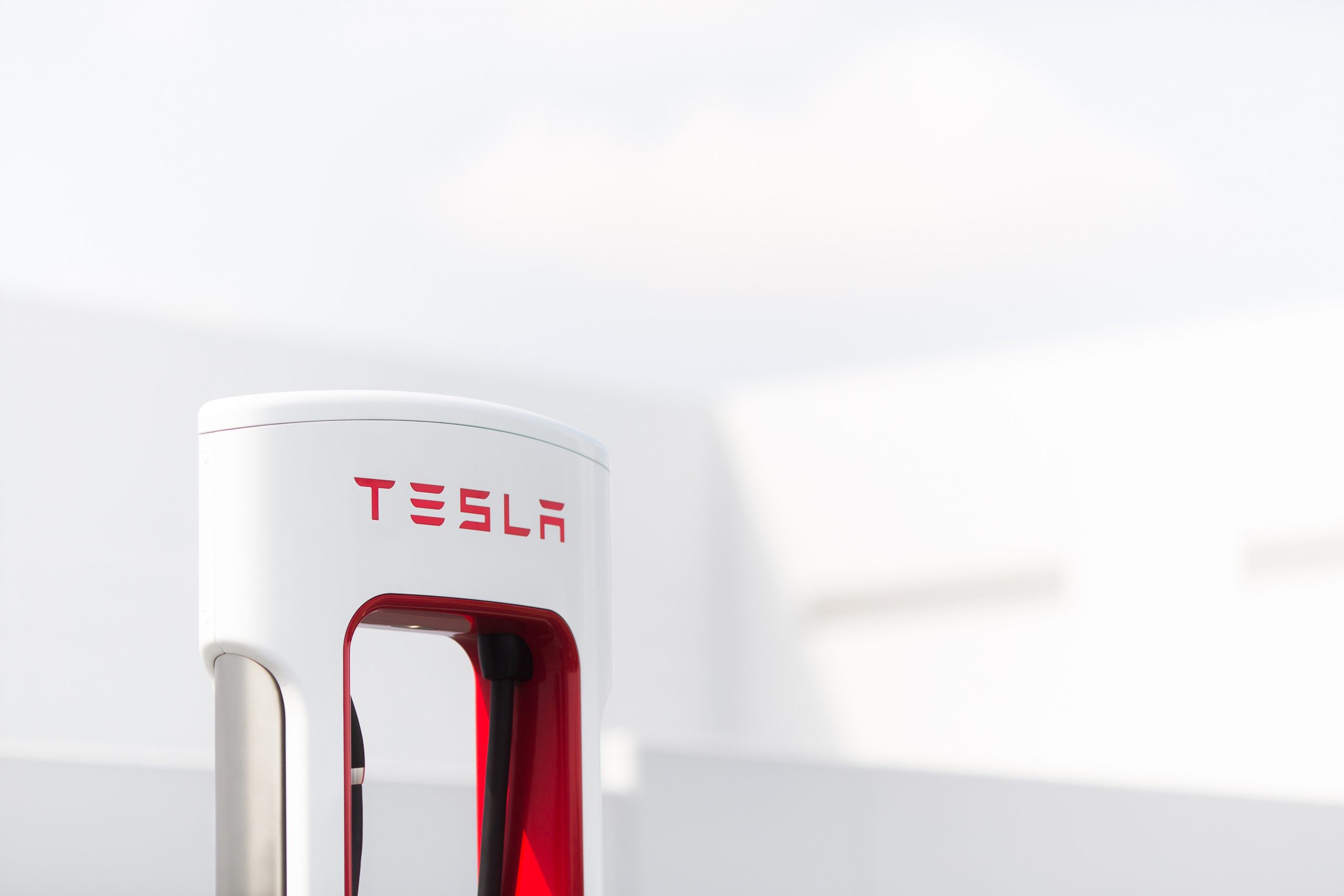
Tesla has added the 15th automaker to the growing list of companies whose EVs can utilize the Supercharger Network this year, as BMW is the latest company to gain access to the largest charging infrastructure in the world.
BMW became the 15th company in 2025 to gain Tesla Supercharger access, after the company confirmed to its EV owners that they could use any of the more than 25,000 Supercharging stalls in North America.
Welcome @BMW owners.
Download the Tesla app to charge → https://t.co/vnu0NHA7Ab
— Tesla Charging (@TeslaCharging) December 10, 2025
Newer BMW all-electric cars, like the i4, i5, i7, and iX, are able to utilize Tesla’s V3 and V4 Superchargers. These are the exact model years, via the BMW Blog:
- i4: 2022-2026 model years
- i5: 2024-2025 model years
- 2026 i5 (eDrive40 and xDrive40) after software update in Spring 2026
- i7: 2023-2026 model years
- iX: 2022-2025 model years
- 2026 iX (all versions) after software update in Spring 2026
With the expansion of the companies that gained access in 2025 to the Tesla Supercharger Network, a vast majority of non-Tesla EVs are able to use the charging stalls to gain range in their cars.
So far in 2025, Tesla has enabled Supercharger access to:
- Audi
- BMW
- Genesis
- Honda
- Hyundai
- Jaguar Land Rover
- Kia
- Lucid
- Mercedes-Benz
- Nissan
- Polestar
- Subaru
- Toyota
- Volkswagen
- Volvo
Drivers with BMW EVs who wish to charge at Tesla Superchargers must use an NACS-to-CCS1 adapter. In Q2 2026, BMW plans to release its official adapter, but there are third-party options available in the meantime.
They will also have to use the Tesla App to enable Supercharging access to determine rates and availability. It is a relatively seamless process.
News
Tesla adds new feature that will be great for crowded parking situations
This is the most recent iteration of the app and was priming owners for the slowly-released Holiday Update.
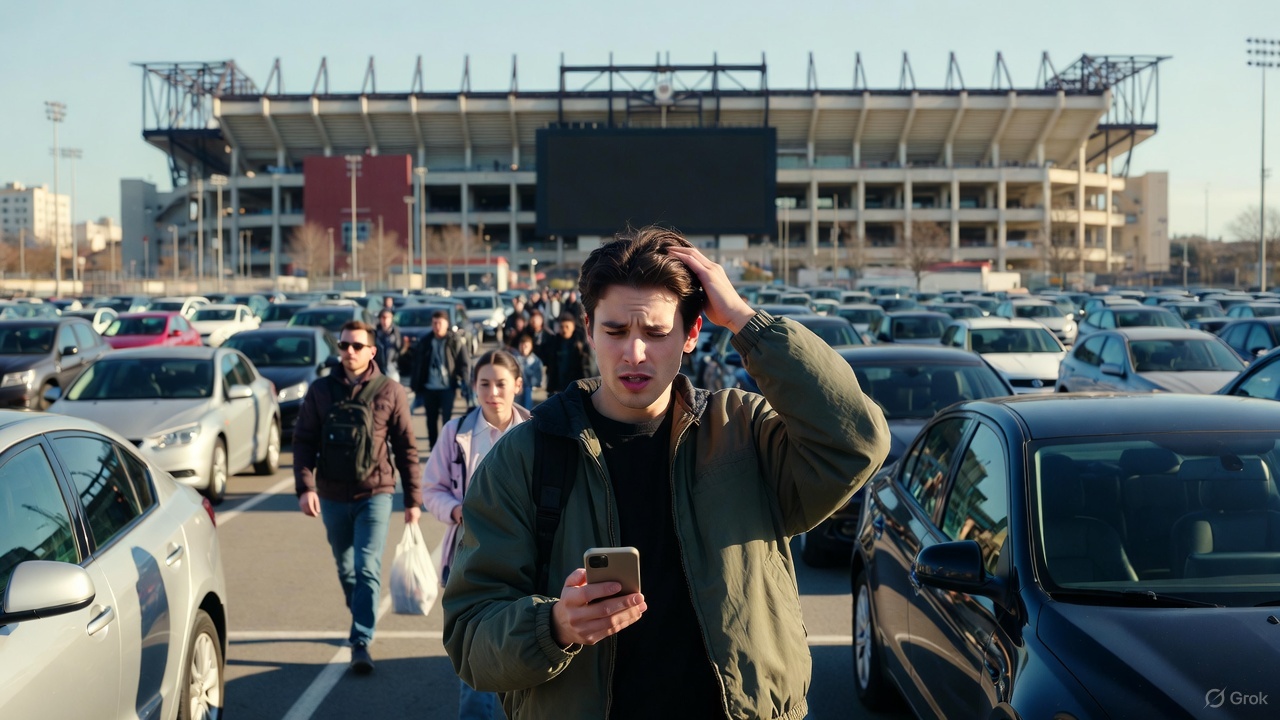
Tesla has added a new feature that will be great for crowded parking lots, congested parking garages, or other confusing times when you cannot seem to pinpoint where your car went.
Tesla has added a new Vehicle Locator feature to the Tesla App with App Update v4.51.5.
This is the most recent iteration of the app and was priming owners for the slowly-released Holiday Update.
While there are several new features, which we will reveal later in this article, perhaps one of the coolest is that of the Vehicle Locator, which will now point you in the direction of your car using a directional arrow on the home screen. This is similar to what Apple uses to find devices:
Interesting. The location arrow in the Tesla app now points to your car when you’re nearby. pic.twitter.com/b0yjmwwzxN
— Whole Mars Catalog (@wholemars) December 7, 2025
In real time, the arrow gives an accurate depiction of which direction you should walk in to find your car. This seems extremely helpful in large parking lots or unfamiliar shopping centers.
Getting to your car after a sporting event is an event all in itself; this feature will undoubtedly help with it:
The nice little touch that Tesla have put in the app – continuous tracking of your vehicle location relative to you.
There’s people reporting dizziness testing this.
To those I say… try spinning your phone instead. 😉 pic.twitter.com/BAYmJ3mzzD
— Some UK Tesla Guy (UnSupervised…) (@SomeUKTeslaGuy) December 8, 2025
Tesla’s previous app versions revealed the address at which you could locate your car, which was great if you parked on the street in a city setting. It was also possible to use the map within the app to locate your car.
However, this new feature gives a more definitive location for your car and helps with the navigation to it, instead of potentially walking randomly.
It also reveals the distance you are from your car, which is a big plus.
Along with this new addition, Tesla added Photobooth features, Dog Mode Live Activity, Custom Wraps and Tints for Colorizer, and Dashcam Clip details.
🚨 Tesla App v4.51.5 looks to be preparing for the Holiday Update pic.twitter.com/ztts8poV82
— TESLARATI (@Teslarati) December 8, 2025
All in all, this App update was pretty robust.








